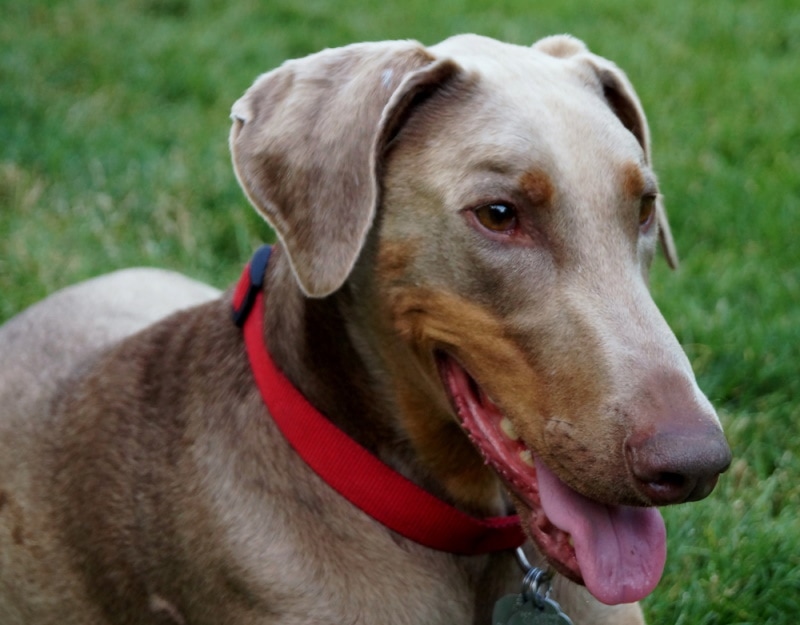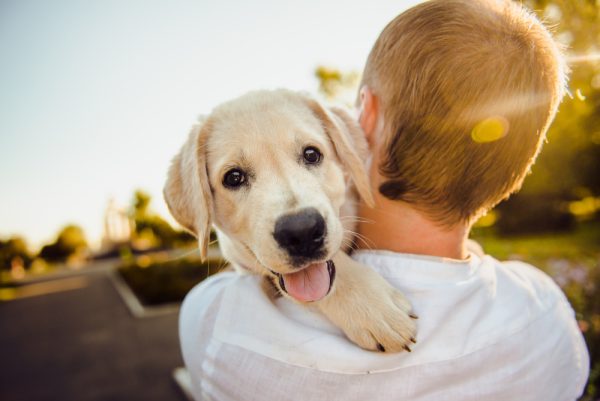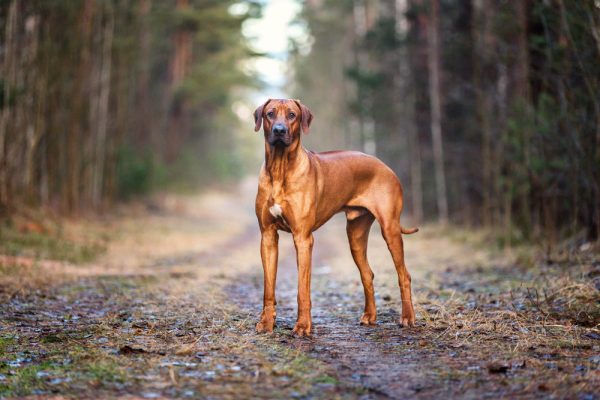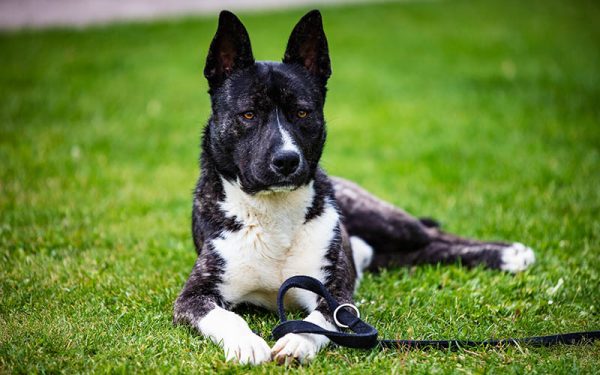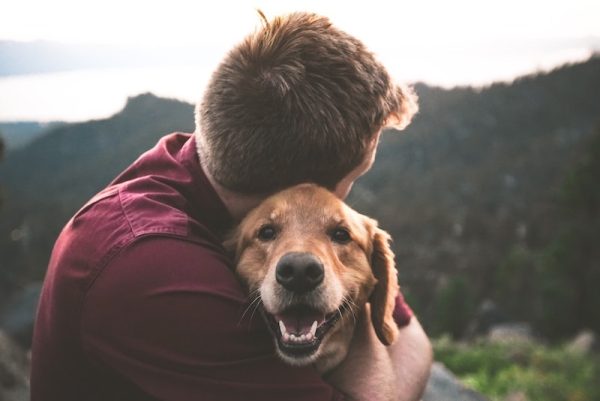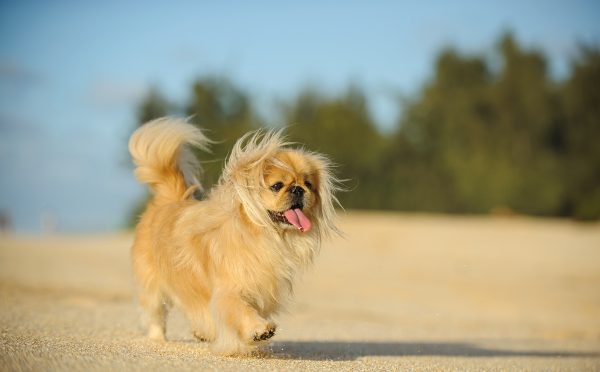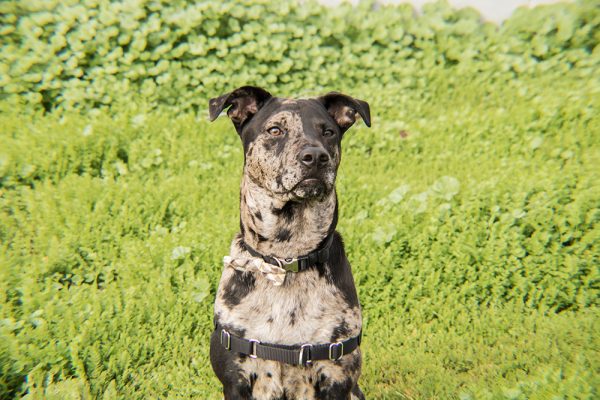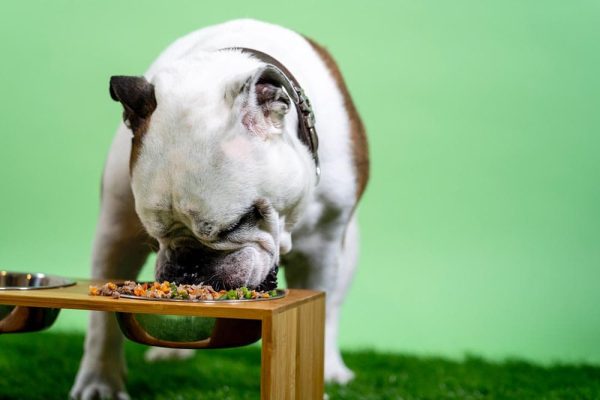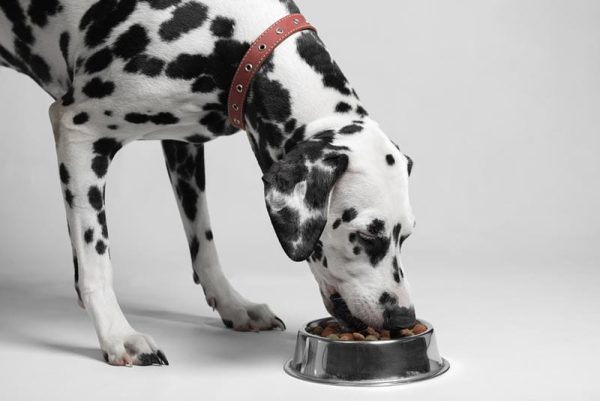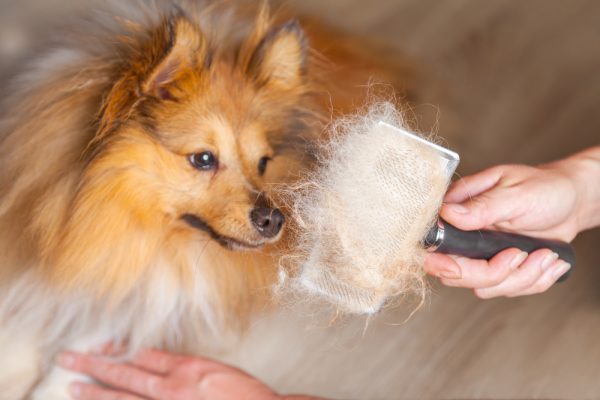The Doberman Pinscher is a dog that’s hard to miss. With their glossy, athletic, yet compact bodies and powerful stance, these dogs have an imposing presence, but underneath, they’re often big softies. There are many reasons that Dobermans have such an aura of authority about them, including how they were developed.
Breed Overview
Height:
24–28 inches
Weight:
60–80 pounds
Lifespan:
10–12 years
Colors:
Fawn
Suitable for:
Active families, those with large living areas
Temperament:
Loyal, loving, easy to train, territorial
Fawn (or isabella)/rust is one of four AKC standard color combinations for Dobermans and is less common than the others. The fawn color is the result of a dilute gene that gives the coat a sort of beige or light brown color instead of red. The coat of fawn/rust Doberman may even appear to have an almost silvery tint.
In this post, we explore the history of fawn Dobermans. We also share unique facts and what they’re like as family dogs.
Fawn Doberman Characteristics

The Earliest Records of Fawn Dobermans in History
Dobermans originated in the 19th century in Germany, where they were developed by a tax collector and breeder named Louis Dobermann from Apolda. Hoping to deter potentially aggressive citizens from taking their anger out on him when he knocked at their doors, Dobermann decided to take physically imposing dogs with him on his tax-collecting rounds for protection.
The result of his breeding efforts was what later became known as the Doberman—a breed similar to but larger than a German Pinscher. The German Pinscher, Rottweiler, black and tan Terrier, Weimaraner, and old German Shepherd are said to be the breed combinations most likely responsible for the development of the Doberman Pinscher.
This explains why Dobermans are known for their “intimidating” appearance—they were specifically bred to look fierce!
How Fawn Dobermans Gained Popularity
Dobermans were first exhibited at a dog market in Apolda, Germany, in 1863. They were the center of intrigue because of their powerful appearance and distinctiveness compared to the lap dogs they were surrounded by.
They continued to garner attention after Dobermann passed away in 1894, and others persevered with the breed’s development by crossing them with the Manchester Terrier and Greyhound. The dogs came to be known for their hardworking natures and for being capable guards and watchdogs due to their fearlessness and natural alertness. For this reason, they have been popular police and military dogs for many years.
The first Doberman Pinscher club was founded in 1899 by Otto Göller, and soon, the Doberman began to be exported outside Germany.
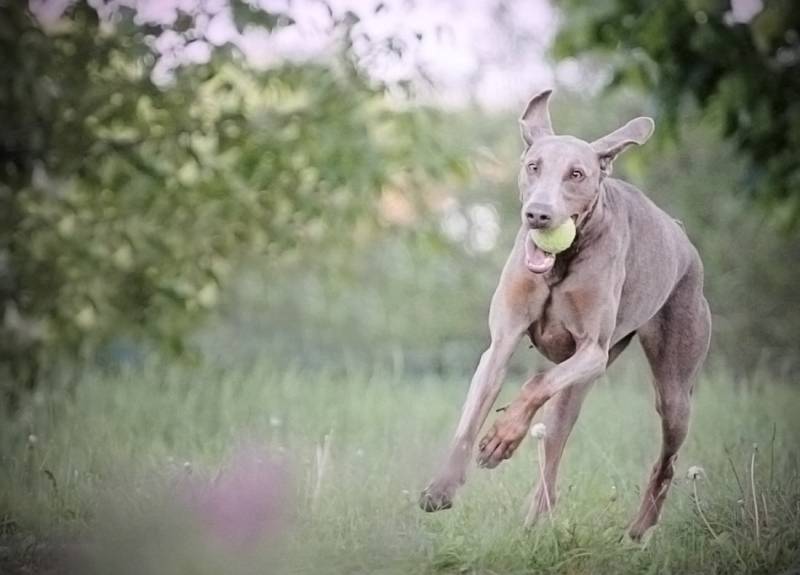
Formal Recognition of the Fawn Doberman
The American Kennel Club first officially recognized the Doberman in 1908, though the German Kennel Club recognized the breed a few years earlier in 1899. Dobermans were accepted “on a definitive basis” by the FCI in Europe in 1955.
The breed standard varies by club. The AKC recognizes four standard colors: black and rust, blue and rust, red and rust, and fawn and rust. However, the Kennel Club in the U.K. recognizes eight standard colors, and the FCI recognizes only two: black with rust red and brown with rust red with “clearly defined and clean markings.”1

Top 3 Unique Facts About Fawn Dobermans
1. Dobermans Are Typically Affectionate Dogs
Despite their reputation for being “tough” or “intimidating,” Dobermans are typically family-friendly, affectionate dogs if they’ve been socialized properly. When raised with children, the Doberman is often a sweet and gentle companion and fun-loving playmate.
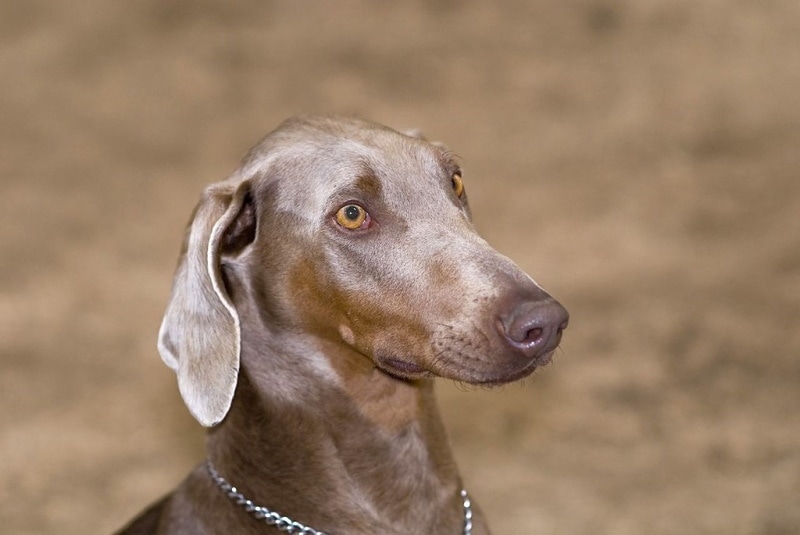
2. Dobermans Are Sensitive to the Cold
You might want to equip your Doberman with a jacket for winter walks or windy days because they’re sensitive to the cold. Their bodies don’t carry much fat and they have short coats.
3. The First Doberman Club Was Founded in a Pub
Otto Göller, a liqueur manufacturer, founded the first Doberman club in a pub. It was founded during the annual Apolda dog market in 1899.

Does a Fawn Doberman Make a Good Pet?
Fawn/rust Dobermans, like Dobermans in any color, are often great family dogs due to their affectionate natures, loyalty, and patience with children if they’re properly socialized and trained. That said, they are a high-energy breed that requires plenty of daily exercise and mental stimulation to keep them happy. The PDSA recommends 2 hours of exercise per day at a minimum, split into two walks.
Dobermans are especially suited to active families and homes with gardens, as they enjoy free time off-leash in a secure area to help burn off some of their abundant energy. They have a strong prey drive and so should be socialized with other pets from as early an age as possible to curb their chasing instincts.
Grooming-wise, they’re not that demanding due to their short coats, so you can expect to brush them once per week for maintenance purposes. That said, they do shed more in spring and fall.

Conclusion
To recap, Dobermans were originally developed as protection dogs by a German tax collector, and they later became valued as working dogs in the military and police force. Today, they’re loving family pets in many homes around the world and are ranked 15th in the AKC list of most popular dogs, just behind Cavalier King Charles Spaniels and ahead of Great Danes.
Featured Image Credit: Just Julie, Shutterstock
